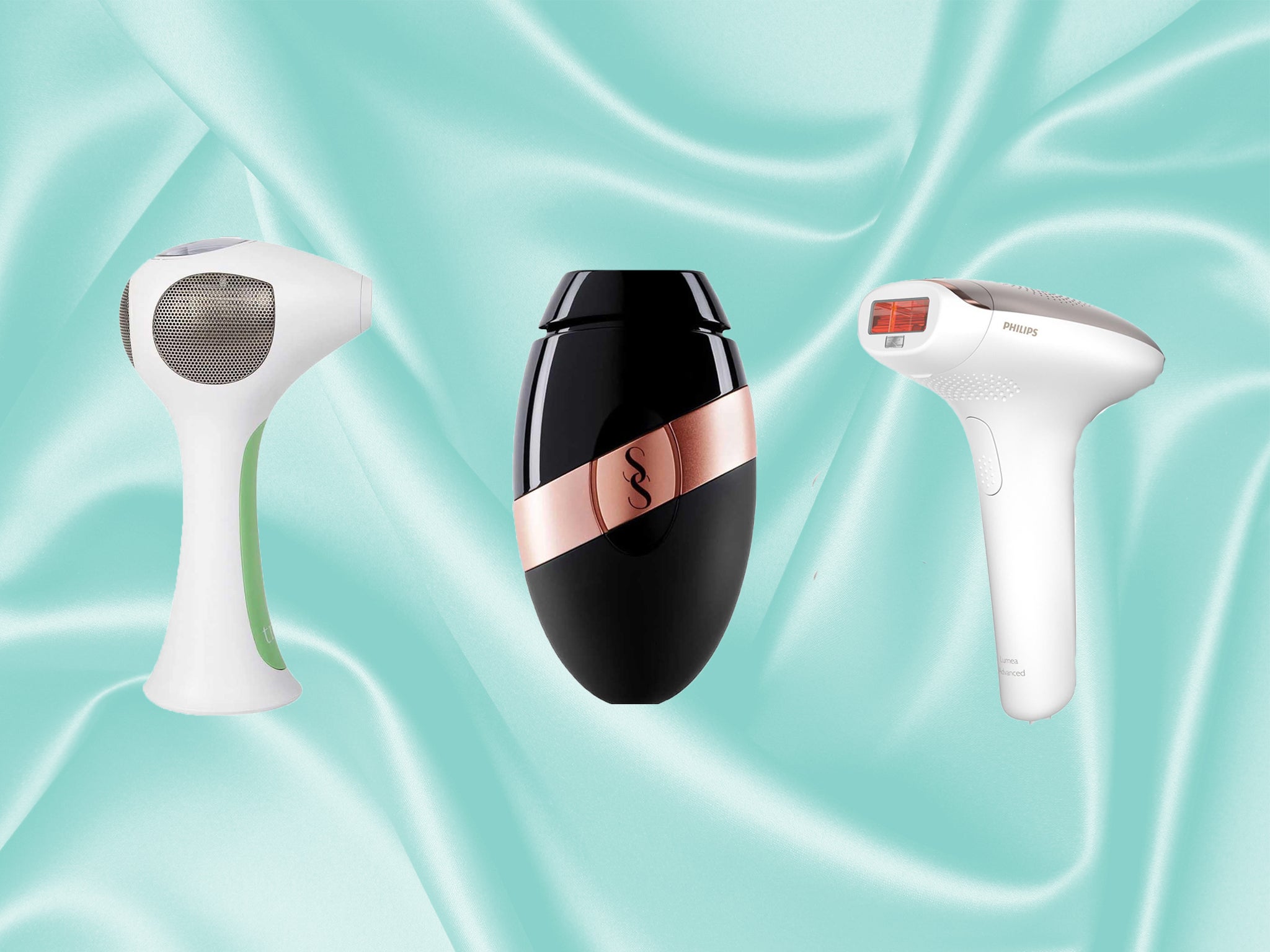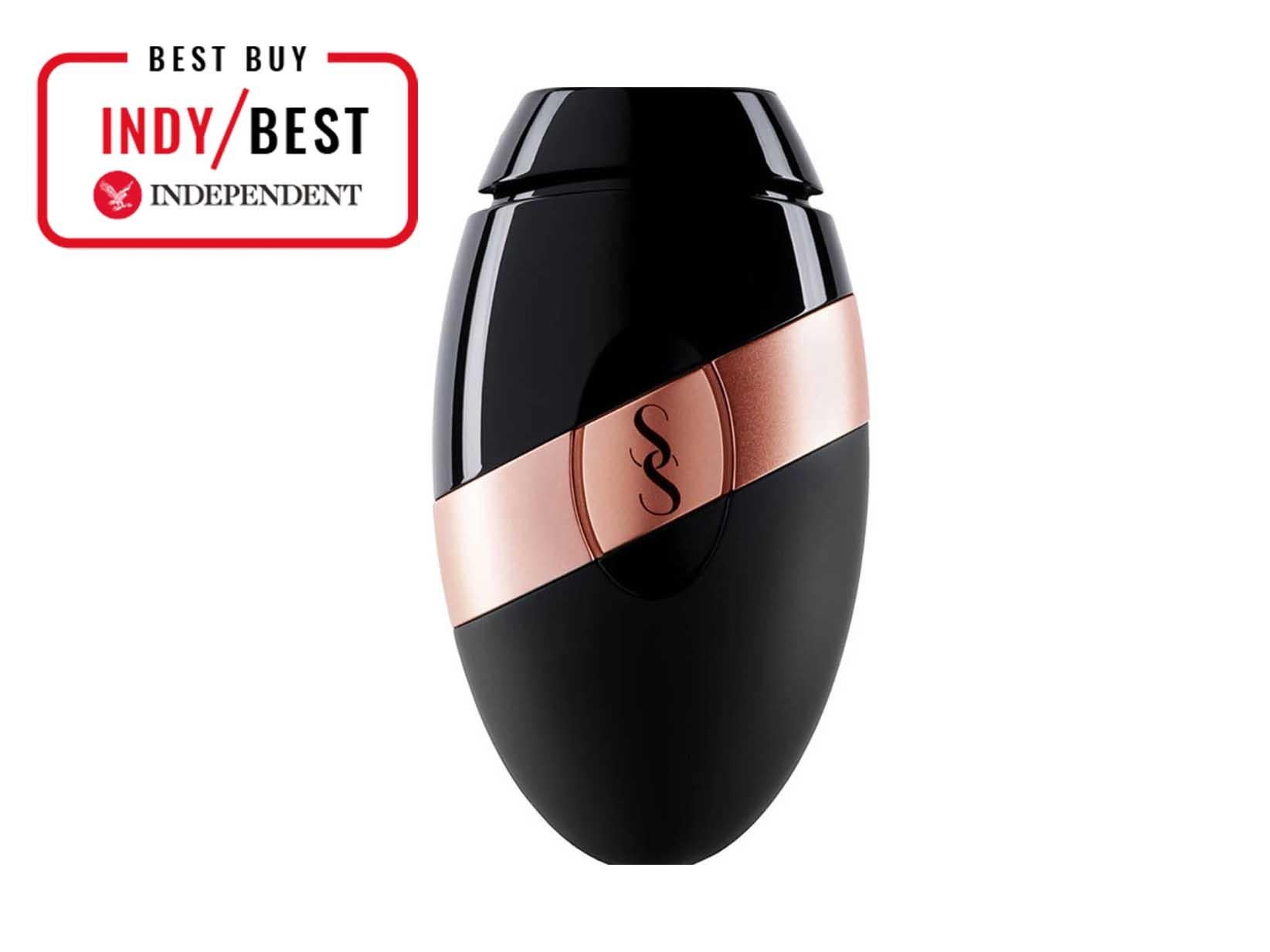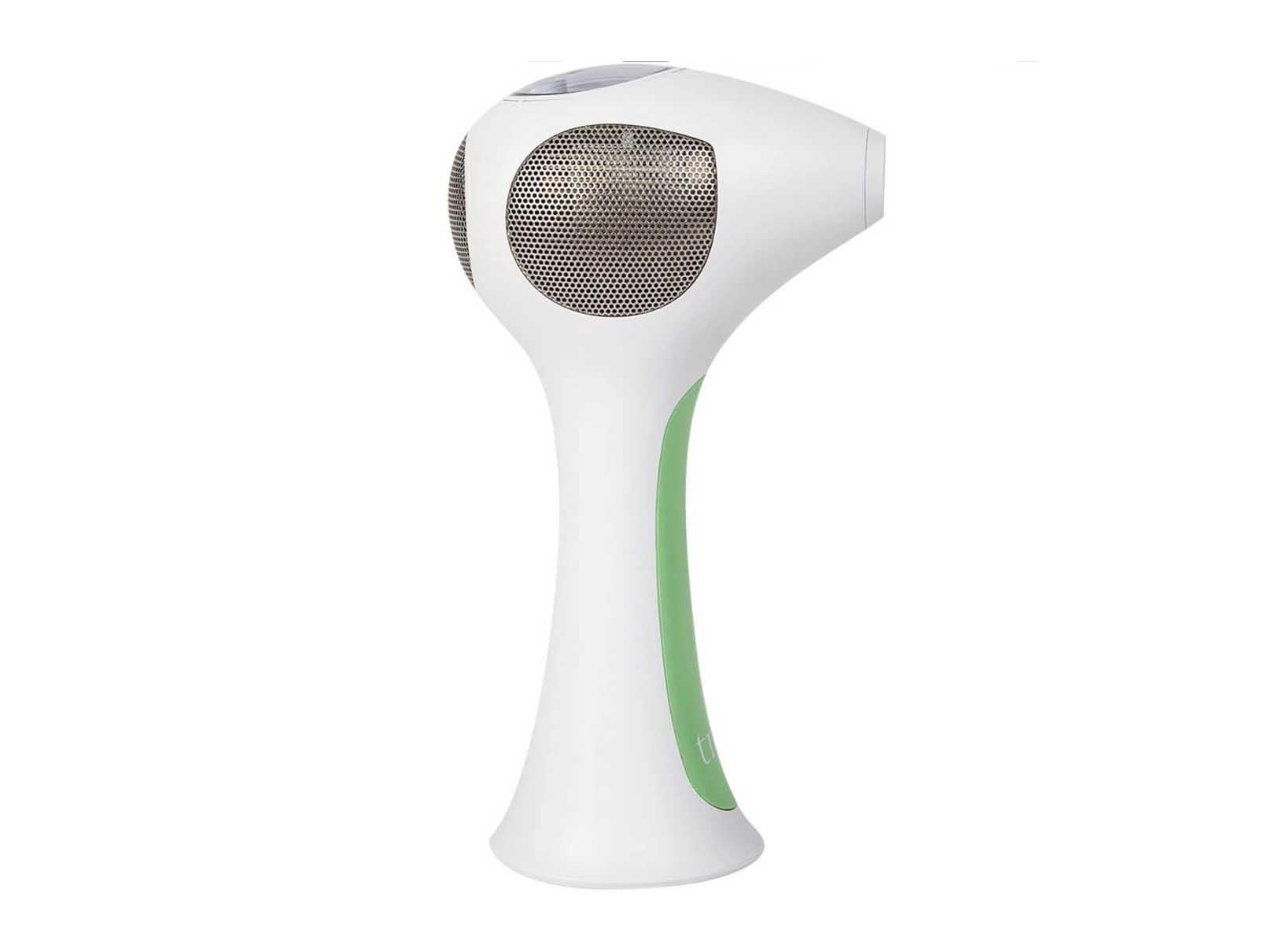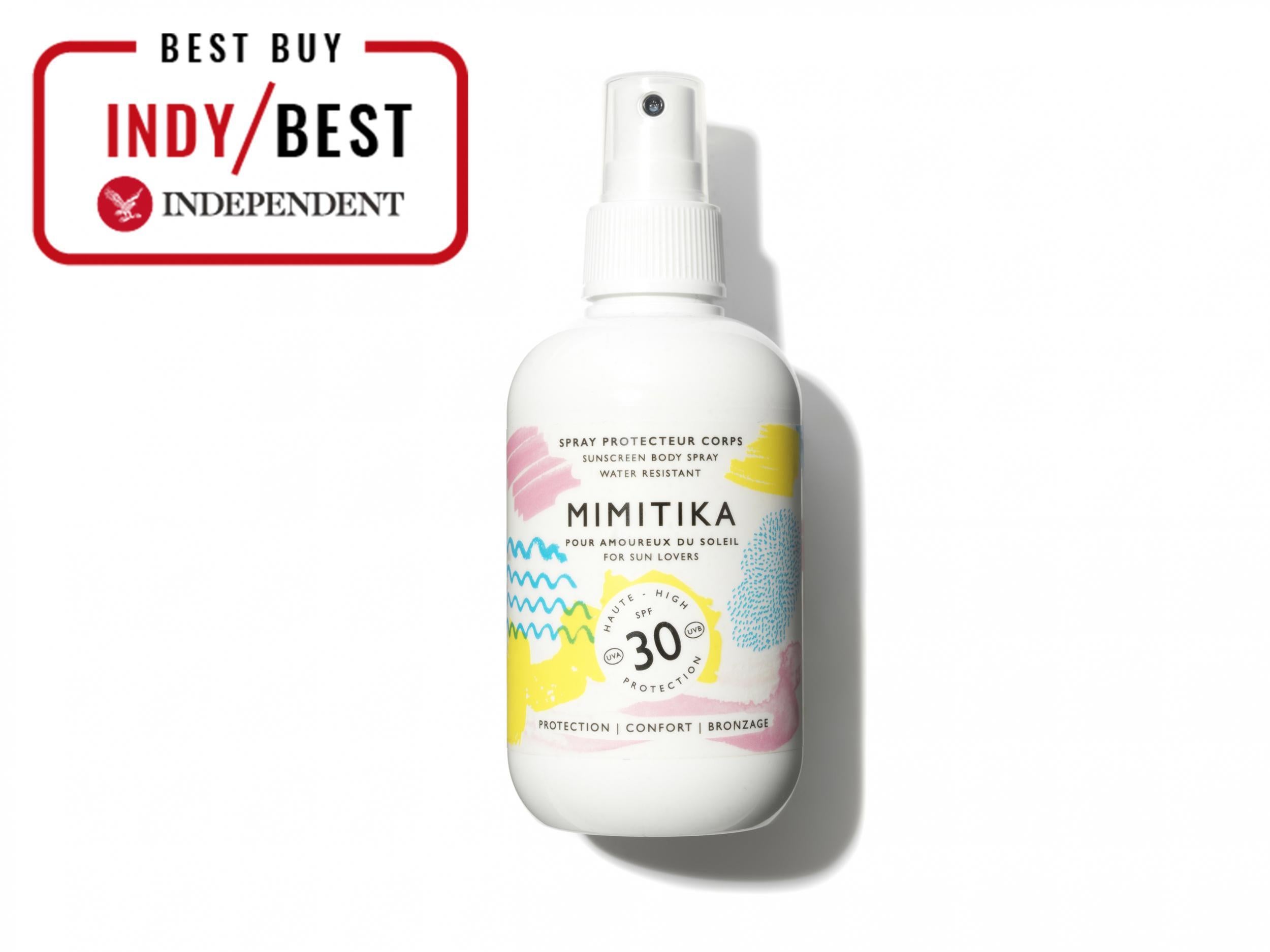The Independent's journalism is supported by our readers. When you purchase through links on our site, we may earn commission. Why trust us?
What is IPL hair removal? Differences to laser and how they both work
These are your at-home hair removal questions answered, from the tools to use, how often to use them and aftercare

Your support helps us to tell the story
From reproductive rights to climate change to Big Tech, The Independent is on the ground when the story is developing. Whether it's investigating the financials of Elon Musk's pro-Trump PAC or producing our latest documentary, 'The A Word', which shines a light on the American women fighting for reproductive rights, we know how important it is to parse out the facts from the messaging.
At such a critical moment in US history, we need reporters on the ground. Your donation allows us to keep sending journalists to speak to both sides of the story.
The Independent is trusted by Americans across the entire political spectrum. And unlike many other quality news outlets, we choose not to lock Americans out of our reporting and analysis with paywalls. We believe quality journalism should be available to everyone, paid for by those who can afford it.
Your support makes all the difference.Summer is fast approaching, and you may well be making sunbathing plans, even if it's only in your back garden.
If you prefer to be hair-free on your legs, underarms and bikini line, while having an appointment for professional hair removal is off the cards for now, whether that’s waxing or laser, a long-term solution to unwanted hair is using an at-home device.
There are two types of machines available for home use, laser removal and IPL, or intense pulsed light.
Shaving can be a laborious task. While simple enough in the shower, hair regrowth is immediate and the feeling of silky smooth skin doesn’t last long.
If done correctly, a laser or IPL device will ensure much longer-lasting results.
Now is the best time to start, as to begin the process you need to be tan-free, whether natural or fake.
Make sure you have a razor in your house as you’ll need to prep your skin before and in between IPL sessions before you get zapping. The area you’re targeting must be silky smooth beforehand for best results.
If you’ve even been daunted by laser or IPL, or are just intrigued but haven’t quite tried it yet, here’s our go-to guide to how it works, the results they deliver and how long it lasts.
You can trust our independent round-ups. We may earn commission from some of the retailers, but we never allow this to influence selections. This revenue helps us to fund journalism across The Independent.
What is IPL?
It stands for intense pulsed light. It’s a type of light therapy used to treat unwanted hair. It works by targeting a certain colour in your skin, and the higher the contrast between your skin and hair colour, the better, which is why it is often said to be most effective on those with light skin and dark hair.
When the skin is heated, it destroys the hair follicle to prevent the hair from growing again, without burning the skin.
What is laser removal?
This targets the hair’s pigment (melanin) in your follicles; the laser beam converts to heat as it passes through the skin, which is then absorbed by the melanin present in the hair follicle.
The heat damages the follicle at its root, which prevents regrowth over time.
What’s the difference between IPL hair removal and laser removal?
IPL is similar to a laser treatment. However, a laser focuses just one wavelength of light at your skin, whereas IPL releases light of many different wavelengths.
Plus, the light from IPL is more scattered and less focused than a laser. They both however penetrate down to the second layer of your skin (dermis) without harming the top layer (epidermis).
IPL is less painful than other methods, such as epilation. Like laser, it destroys the root of the hair over time, meaning you’ll need less treatment as time passes. However, it’s far less effective than laser as the energy it produces is emitted via a variety of light waves, making it more diffused and less powerful – but this generally makes it cheaper than laser treatments. Due to the way IPL hits the skin, the intensity and speed of results will vary between individuals.
Which at-home laser and IPL devices are the best?
In our IndyBest review of hair removal tools, the SmoothSkin bare+ ultrafast IPL hair removal device (Current Body, £199) was the best tool.
We found that it turned out impressive results, and it can do up to 100 flashes per minute. It's compact and doesn't take up much space in your bathroom, and the colourway is a nice change from the usual white machines.

Unlike other IPL machines that can often be time-consuming, this device has a glide mode that is fuss-free and allows you to simply move it up and down quickly over your skin, which we found to be particularly ideal for your arms and legs.
There’s also a stamp mode, where the light is directly placed on the skin, so you know each flash will be accurate and only work on that area. We used this to work on smaller areas such as our underarms and bikini line and saw no re-growth for four weeks after the third application.
We were also impressed with the Philips lumea BRI/923 (Phillips, £350) which has two treatment modes: “slide and flash” and "step and flash". The first is ideal for fast treatment of larger areas such as legs. All you need to do is glide the device over the skin you want to treat, smoothly and quickly.
For smaller areas that might be harder to specifically target, such as your bikini line, this is where “step and flash" comes in. Plus, this comes with an on-the-go trimmer, a discrete beauty tool that makes it quick and easy to remove even the finest facial hairs.

The only complaint our tester had was that it’s not cordless, so it can be a little fiddly to manoeuvre over hard-to-reach areas, but even so, she didn’t feel the slightest pinch and hair was noticeably thinner.
If you want to opt for a laser device, try the Tria hair removal laser 4X (Tria Beauty, £349). It uses the same technology found in clinics, albeit at a weaker intensity.
While it does require concentration and precision, when it's used correctly, it permanently removes the hair. It has a lock feature that only unlocks if the hair follicle in the area that you're using it on is dark enough to treat. To unlock it, you need to lay the bottom of the laser on the top of the skin.

Rub the cooling gel (which isn't included with the device but is recommended to use with it) onto the skin then place the small laser head on the area and it will beep once, but only lift off the skin after you hear the second beep.
There are five intensity settings, the highest of which does feel like an intense rubber band flick, so just choose the setting you can bear. As the laser head is small you have to place it across the skin in overlapping circles. We recommend fully charging before use too. It is time-consuming, but the end result is worth it as we found we got little to no regrowth.
The only negatives are that the cooling gel only lasts about four uses, and we found it had to be recharged every 30 minutes or so. But after using it every other week, our hair was significantly reduced in five sessions. Note, patience is a must.
What hair and skin type do the at-home machines work best on?
Before opting for this type of hair removal, check the brand’s skin and hair charts. Many devices do not work if your skin is dark or hair is light (blonde, grey, white or red).
Due to the way IPL hits the skin, the intensity and speed of results will vary between individuals.
And don’t be tempted to skip reading the handbook, as they detail all instructions, including where you can and can’t use the machines.
Laser works best on those with dark hair and fair skin (the greater the contrast between the two, the better), so it’s unsuitable for those with pale hair as there's less melanin, as well as those with darker complexions, as there's no contrast between the hair and the skin.
When there is little difference between the two, your skin will absorb the light energy which converts to heat and can cause pain, blisters and burns.
How often can you use a home laser or IPL machine?
It actually depends on the body part that you’re concentrating on.
Most instruction manuals would recommend using the home IPL or laser device once every four weeks in order to catch the new hair that is starting to return in its growth cycle.
For legs, it is once every eight-12 weeks as the hair growth rate on this body part is much slower. It’s worth noting if you’re anxious to exceed these time frames, it won't speed up hair loss, in fact, it will probably do the opposite and may also lead to irritated skin.
How do they compare to salon treatments?
Home IPL or laser devices operate at a lower intensity than those used professionally, therefore, their ability to disable the hair follicle sufficiently is less than a salon treatment.
However, it goes without saying that the convenience of being able to carry out the treatments at home, in your own time, is a game-changer to long-time hair removal.
Plus, there is a substantial cost difference between home hair removal, as professional in-salon treatments tend to be very costly.
Why do I need to wear SPF after?
Aftercare is just as important as pre-care: lather yourself in sunscreen after your treatment (even in the depths of winter) and avoid anything that can trigger sensitivity on your skin, such as perfumes, deodorants and hot showers for the first 24 hours after you’ve zapped.
Our favourite is the Mimitika sunscreen body spray SPF30 (Space NK, £21.50) which was the best product in our IndyBest review of body sunscreens for SPF and UV protection that lasts.

The spray bottle not only protects from harsh sunlight, but is also non-sticky and has a lovely tropical scent. The milky spray is easy to apply, so you won't miss areas and blends in within four to five strokes, so you wont' be left with white marks.
It is water-resistant for up to 80 minutes, but we would recommend re-applying every two hours.
Keeping on top of hair growth at home
As we've not been able to keep up with our usual beauty appointments, from our eyebrows to the hair on our heads, many people have been cutting their own hair at home and learning how to wax themselves.
Before you do try a DIY trim, make sure you follow the advice of hairdresser and founder of Buller & Rice, Anita Rice, who explains her step-by-step guide on how to cut your hair at home here.
Aside from the hair on your head, if you're loathed to turn to a razor when you've been waxing for years, this is everything you need to know about waxing at home, whether that's your top lip of bikini line, and the best products to use.
If you're missing your brow appointments though, here’s how to keep your eyebrows in check during lockdown.
Vanita Parti, founder of Blink Brow Bar, gave us some top tips which include; don’t be too heavy-handed with tweezers, gently stretch the skin, grabbing your brow hair by the root and plucking in the direction of hair growth with your tweezers and trim longer brow hairs with nail scissors